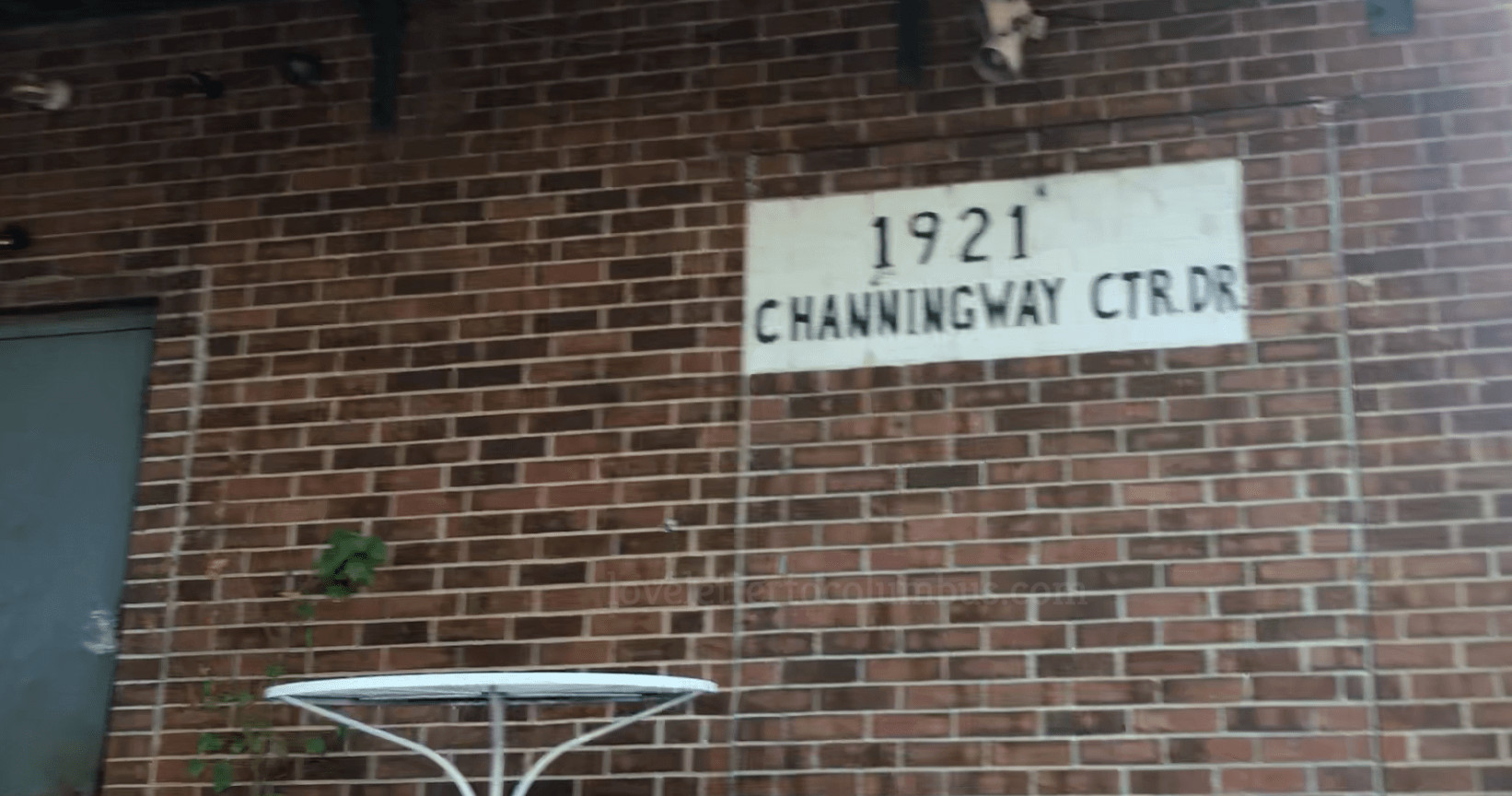Navigating the outskirts of Columbus, Ohio, one might stumble upon remnants of a vibrant past, a testament to the city’s evolving nightlife. Just beyond the I-270 outerbelt, in an area bordering Whitehall and Reynoldsburg, stood Club Dance. For nearly two decades, under various names, this establishment thrived, mirroring the dynamic commercial landscape of Brice Road. While the downtown skyline often dominates Columbus’s image, venturing eastward reveals the city’s expansive reach, a reality underscored by a trip to the once-thriving Club Dance, a significant name among Columbus Dance Clubs. This journey into the suburban sprawl serves as a potent reminder of Columbus’s true scale, challenging any preconceived notions of its limits. The memories and landmarks encountered on the way to Club Dance paint a vivid picture, suggesting that truly knowing Columbus is a lifelong, if not multigenerational, endeavor. The sheer breadth of the city, especially from east to west, is a concept that defies easy comprehension.
In the realm of nightlife, choices abound. Each evening presents a fresh set of possibilities, a gamble on the most promising venue. Recommendations from friends often guide these decisions. In this instance, Nicole and September’s invitation to Club Dance, a club known for its unique, albeit “bizarre,” popularity, was compelling enough to warrant exploration.
Club Dance was an intriguing paradox: a fusion of hip hop energy and country charm. This unlikely pairing created a space where seemingly disparate worlds converged with surprising harmony. One side pulsed with red-brick floors, dim lighting, and strobing lights, catering to hip hop enthusiasts with booming beats. The other, illuminated by bright, almost sun-like white lights, featured a gleaming wooden dance floor for line dancing aficionados, encircled by curious onlookers. Each section resonated with its respective genre, amplified by DJs who spoke the language of their crowds. This constant flux of people generated a hybrid atmosphere unlike anything else experienced, a truly stimulating blend within the Columbus dance clubs scene.
The club was a spectacle of contrasting styles and personalities. Cowgirls in tight jeans and red boots, with meticulously styled hair and makeup, showcased a classic country allure. Moments later, that image would be juxtaposed by the arrival of someone embodying urban chic, perhaps in skimpy shorts, a revealing tank top, and an air of effortless cool. Patrons were tasked with navigating this diverse landscape, which also encompassed four bars, a pizza counter, and a pool hall, all in pursuit of locating their friends within this bustling Columbus dance club.
Eventually, the search led to Nicole and September, seated at a table overlooking the hip hop floor, shrouded in relative dimness. September, several drinks in, declared herself over a past relationship, a statement somewhat undermined by the presence of her ex’s cousin, Scott. Scott, a young man in a football jersey, promptly engaged in conversation, suggesting a game of pool.
A pool table was secured, and an impromptu tournament began: Alan and Scott against September and the narrator, with Nicole observing. Barely into the first game of nine-ball, and before the first beers were finished, September, standing abruptly, burst into tears. She fled, shielding her face, and disappeared into the night.
Nicole, despite any footwear constraints, was quick to follow her distraught friend. The men, left bewildered, exchanged glances, paused for a moment of beer-induced contemplation, then set aside their pool cues and ventured outside. Almost immediately, Nicole’s car appeared, window down, instructing Scott to get in. With a brief, almost dismissive, farewell to Alan, she sped off towards Mansfield, marking the abrupt end of their evening.
“What the f***?” Alan exclaimed, thoroughly perplexed. Re-entry into the club seemed pointless, and the night was declared over.
 Exterior of Club Dance, a former popular columbus dance club in Ohio, showcasing its sign and entrance.
Exterior of Club Dance, a former popular columbus dance club in Ohio, showcasing its sign and entrance.
Fast forward to the year 2000, and Club Dance, or rather “Club Danc” as the sign now read due to a missing letter, was still a thriving entity within the Columbus dance clubs landscape. Despite the slight signage malfunction, it remained far from “dank,” consistently drawing large crowds. The country section, officially named The Big Easy, had evolved into a venue hosting national touring acts. Country music luminaries like Ohio’s own David Allan Coe, a frequent performer, and even Merle Haggard, who graced the stage in March 2000, were part of its draw. A review in The Other Paper lauded Haggard’s performance, noting his effortless connection with the audience and his setlist that included classics like “Silver Wings,” “Mama Tried,” and “Okie From Muskogee.”
By 2001, the club had rebranded to The Big Easy/Club Dance, seemingly emphasizing the country aspect. However, “country fifth” might be more accurate, considering that Bourbon Street, Red Dog Saloon, and Guido’s Pizza were also housed within this expansive complex at that time. It’s remarkable how many older Columbus clubs incorporated dedicated food services, a detail often forgotten or entirely missed. Personal recollection of Guido’s Pizza is hazy, with no firsthand experience to vouch for its quality.
Years after its peak popularity, another visit to the far east side and Club Dance occurred. The club’s gradual decline wasn’t solely attributed to the fickle nature of the trend-chasing club crowd, although that played a role. A more significant factor was a shift towards a seedier atmosphere. The turning point came on a night marred by a car break-in in the parking lot. Coats, purses, and a car stereo were stolen. “Broken into” is perhaps inaccurate, as the car was unlocked. This detail, however, underscored the changing vibe, as habitually leaving cars unlocked had never posed a problem elsewhere in Columbus before. This incident marked a hiatus from Club Dance until a renewed invitation from acquaintances prompted a revisit.
“Okay…where would I park if I was a car that didn’t want to be broken into?” Damon quipped upon arrival, humorously highlighting the parking situation.
Yet, upon returning, an unexpected sense of safety permeated the air. A different, more secure, atmosphere was palpable even before stepping out of the truck. The cover charge was also surprisingly lower, $3 compared to the previous $5.
Despite being midnight and the parking lot being full, The Big Easy side of the club wasn’t overly crowded. The vastness of the venue and the bright lighting allowed for easy scanning of the premises to check for familiar faces. The distinct hip hop and country halves remained, attracting the same eclectic mix of patrons that defined its unique character as one of the more memorable Columbus dance clubs.
The search for their friends continued. Bottles of Miller Genuine Draft and Rolling Rock were ordered, and then another round, but their friends were still absent. Earlier, the plan was to express outrage if stood up, and now that scenario seemed imminent. Seats were taken in the walkway between the two contrasting halves, eyes peeled for any sign of their group. Another round of waiting was agreed upon, and if still no show, relocation to a different venue was on the cards.
Then, just as doubts crept in, Melissa, Melanie, and Amanda were spotted. They had been there all along, simply missed amidst the miscalculations. Joining them were another Amanda and her boyfriend, Stacy (the new, and decidedly unwelcoming, sorority president), and Beth, whose twenty-first birthday was the supposed occasion for this outing.
The group migrated to the dance club side, curious about the night’s offerings. The music selection defied strict categorization as hip hop or pop; it was more broadly “modern music,” incorporating hard rock tracks into the mix. Despite the genre-bending playlist, the crowd – a mix of “gangsta wannabees” and their “coke fiend girlfriends” – firmly established this as a dance club environment. The music volume reached near-painful levels, and the clientele’s rudeness was only marginally surpassed by the staff’s lack of politeness – undeniably, this was a dance club experience.
Joining the women on the dance floor, attempts at rhythmic movement ensued amidst the relentless music. Somehow, this led to an ascent onto a precarious, wobbly ledge overlooking the dance floor. Accessible by a rickety staircase, this platform, designed for perhaps six people, now held over a dozen.
Most of the ledge occupants were with their group, but a row of three unfamiliar women stood along the railing. Seizing the opportunity, Damon and the narrator edged closer, ending up pressed against them, a situation met with smiles and unspoken understanding. Space was limited, proximity unavoidable.
Twelve, maybe fifteen, people crammed onto the swaying platform. The structural integrity of the ledge was questionable, especially as the DJ transitioned to Drowning Pool’s “Bodies,” an anthem of chaotic energy.
Let the bodies hit the floor!
The song’s repetitive, aggressive chorus amplified the precariousness of their elevated position.
“I wish the bodies would hit the floor already,” a joke intended to lighten the mood, fell flat, sounding more like a grumpy, out-of-touch comment. More importantly, the humor was ill-suited to the actual situation – being on a shaky ledge, the last thing anyone wanted was for bodies to hit the floor.
After the song ended, the novelty of the crowded catwalk wore off. Descending back to the main floor, they noted the row of women had also left the ledge. In a missed opportunity, they were not pursued, slipping away unnoticed.
Up to this point, the night had been surprisingly enjoyable, but the club’s remaining appeal began to wane. Even Stacy was mostly ignored. Attempts to engage with other women proved fruitless. A sense of jadedness permeated the Columbus nightlife scene, or perhaps it was personal fatigue. The numbers game of social interaction seemed unchanged, but patience had diminished.
Arriving late in the evening had also been a miscalculation. Time evaporated quickly, and soon, clubgoers streamed towards the exits. Not wanting to linger too long, but also not wanting to be among the last to leave, they joined the exodus, somewhere in the middle of their group. Despite its size, and contrary to its “Big Easy” moniker, nothing about the night had felt particularly easy.

